Design Studio IV:
Systems // Entanglements
Undergraduate studio course in Environmental Design, UBC SALA 2020
Instructor: Nicole Sylvia
Teaching Assistants: Yekta Tehrani & Remi Landry Yuan

Design Studio IV: systems // entanglements is a research-based studio that introduces students to contemporary discourses and practices around designing with(in) systems. Using food as a guiding theme, the studio explores the entangled relationship between the built environment and the communities that simultaneously shape and inhabit it.
Like an elaborate meal, the studio is structured into six sequential ‘courses’ — short, discrete research and design exercises. The first three courses form the basis of a collective body of research which serves to help students define their own design project in the latter courses. The three courses feed into one another: first, a critical study of graphic techniques for representing systems; second, how exemplary design practices have constructed their own systems-oriented projects; and third, how different communities around the world have engaged food systems in myriad ways, including their corresponding expressions in the built environment.
The latter half of the studio asks students to conceptually define and develop their own design project. The only given constraints are that the project is grounded in a British Columbia-based community and that community’s relationship to food and the built environment. To support them, the studio assignments shift from information gathering and analysis to a discussion around design methodology. Because students had the latitude to explore and define their own varied topics, the final projects made up a delightful smörgåsbord of issues and themes—ranging from education, to cultural ancestry, to environmental resilience, to a celebration of decomposition, and more.

Drawings by Sahar Issapour (left) and Shreetika Singh (right)
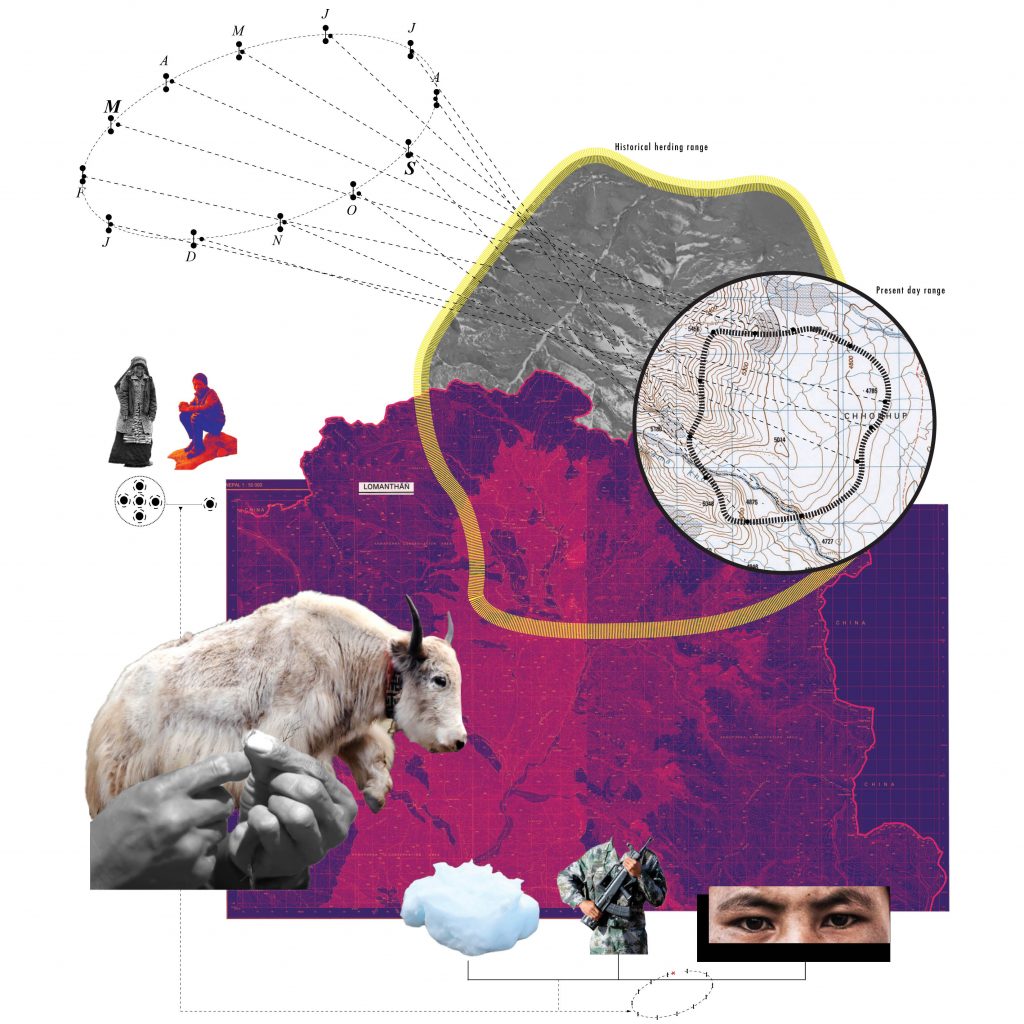
Drawing by Matias Kubacsek

Drawing by Sabrina Yong

Project by Lukas Ewing
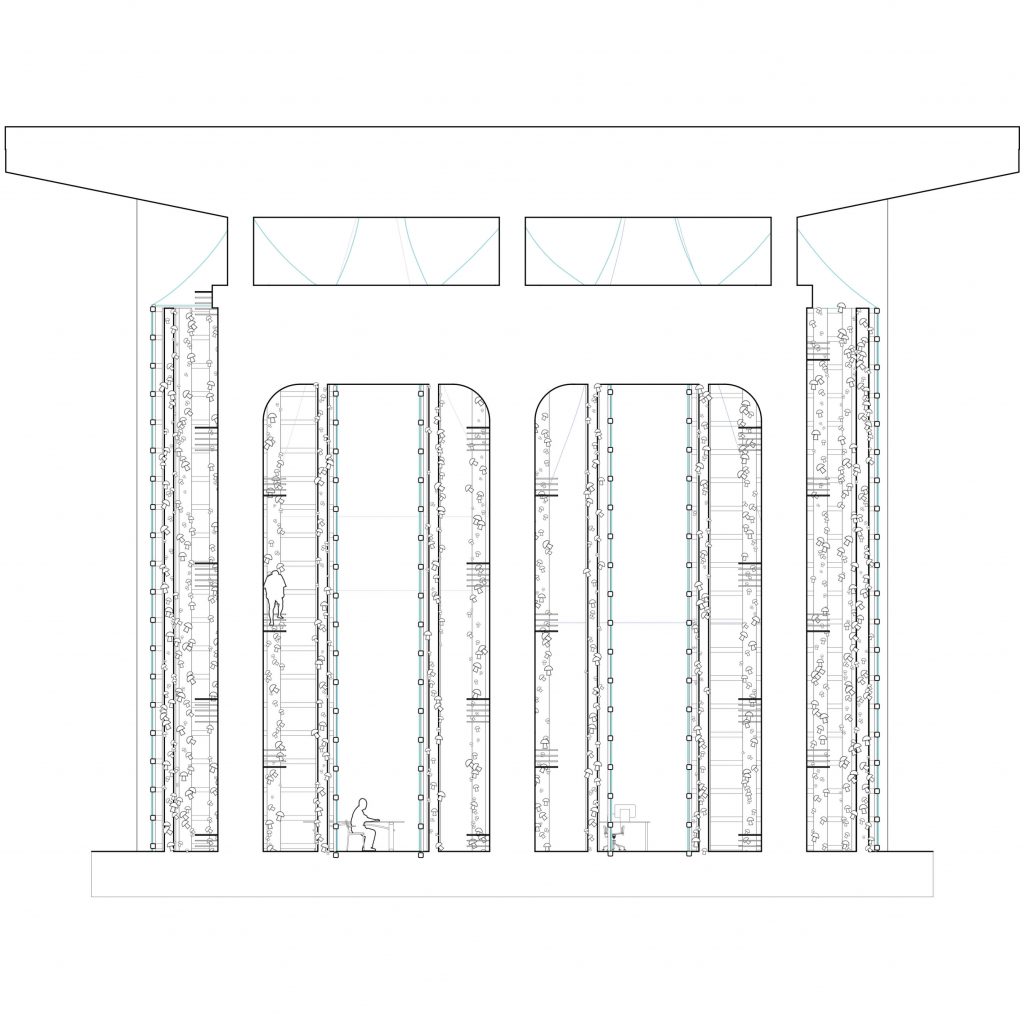
Project by Lynden Savage
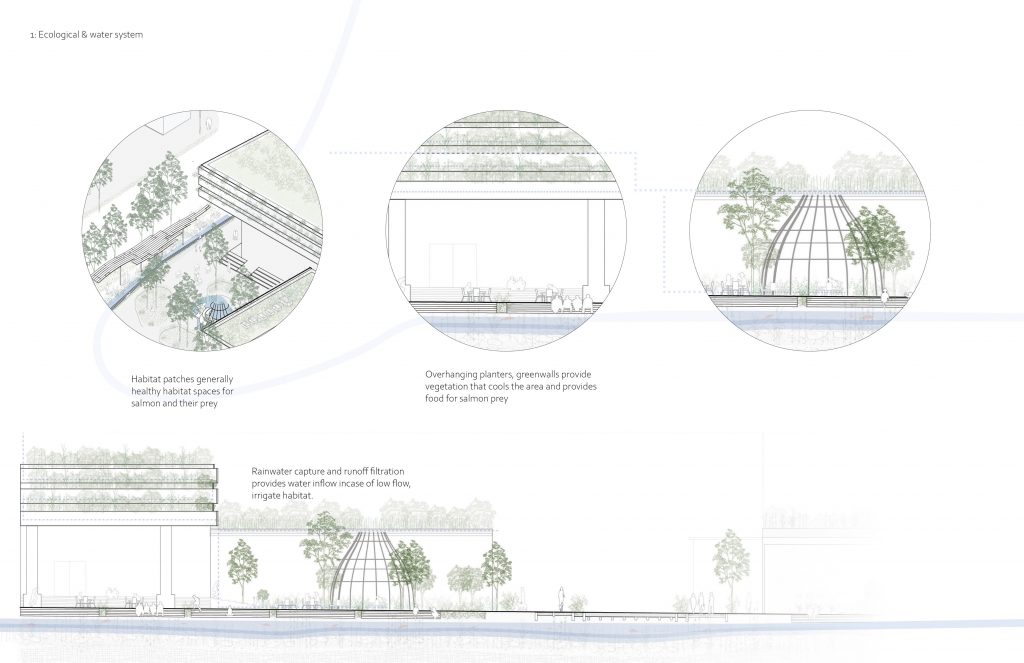
Project by Emma Ng
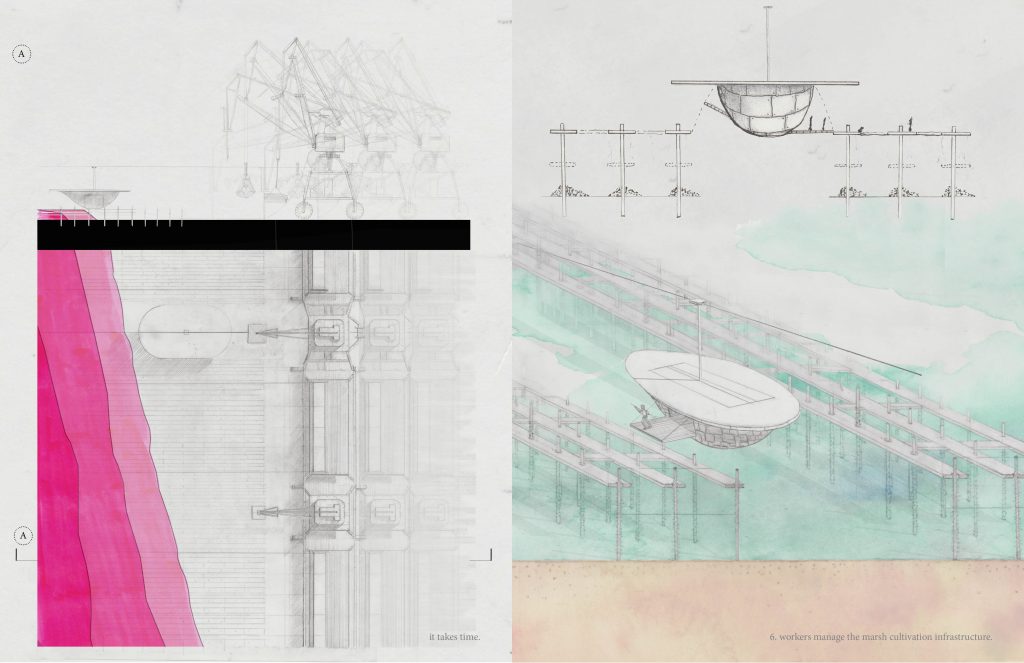
Project by Jyah Flam
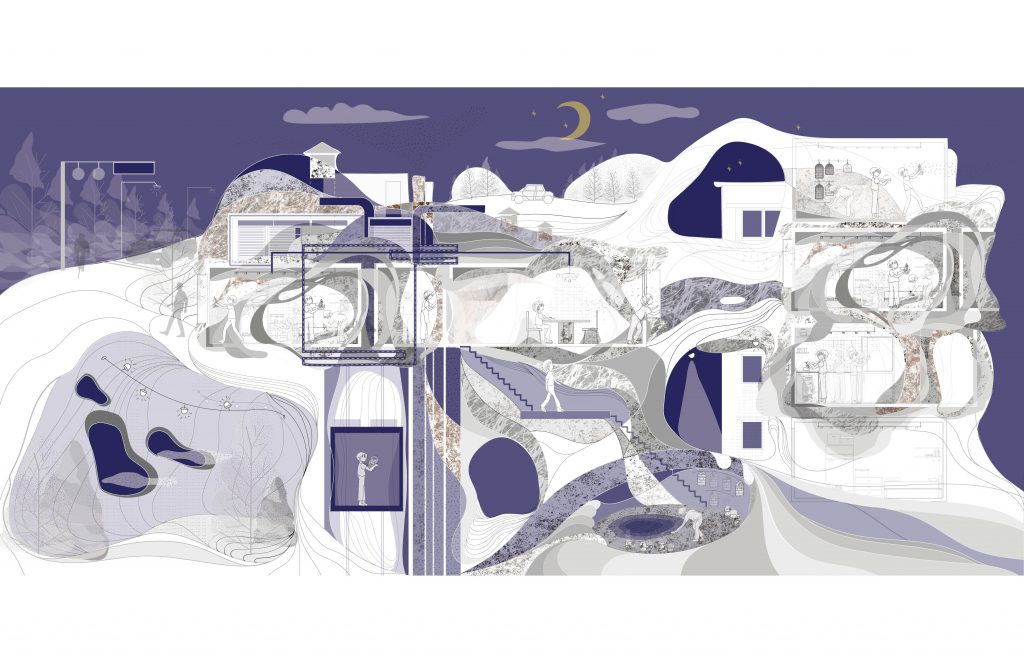
Project by Maple He
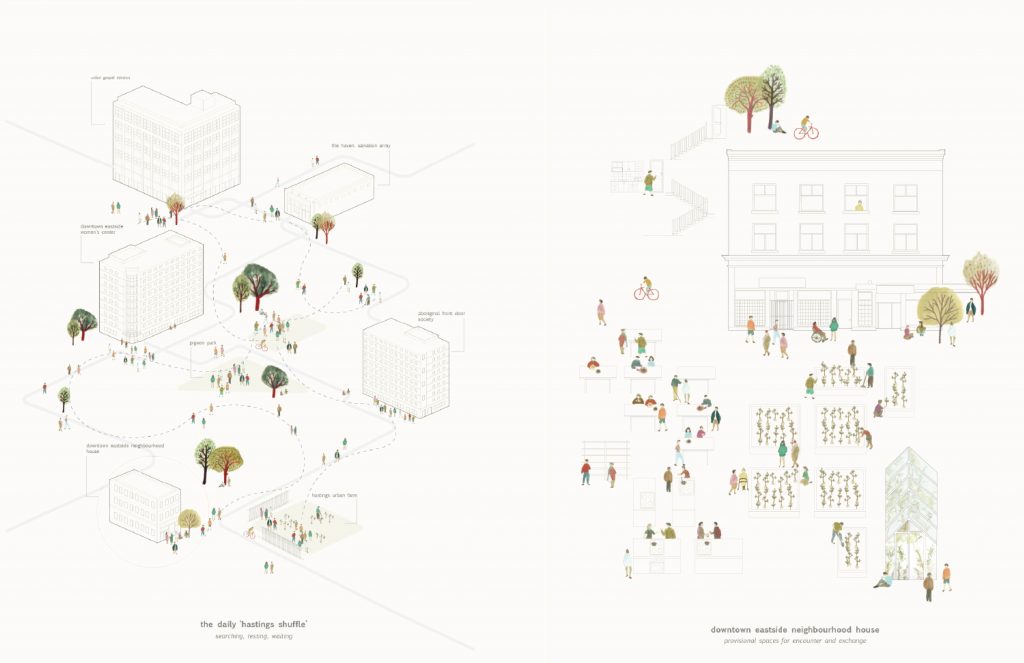
Project by Angela Zhang